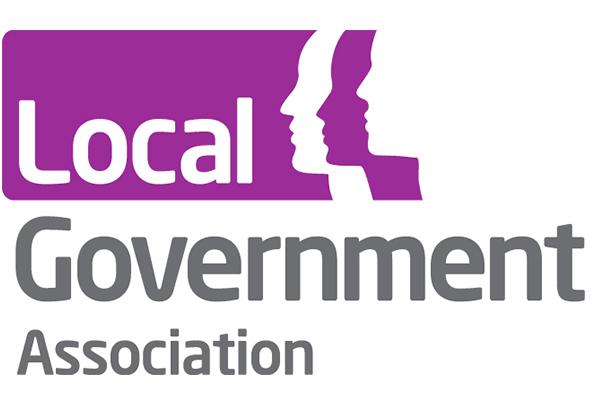Must know: Loneliness – Is your council activity tackling loneliness?

This recourse, shared by The Local Government Association, demonstrates how tackling loneliness is a preventative measure that improves quality of life for individuals and reduces long-term costs for health and social care.
Key messages include:
- Loneliness is a public health priority, in a similar way to smoking and obesity
- Loneliness is a problem for people of all ages throughout the life course – it does not just affect older people
- The pandemic has made problems worse, with social networks disrupted and people, including children and young people, left isolated from family and friends during lockdowns
- Tackling loneliness is a preventative measure that improves quality of life for individuals and reduces long-term costs for health and social care
- Interventions are generally low-cost or cost-neutral and can provide a good return on investment
- Reducing loneliness requires all local partners to work together. Councils, the NHS and the voluntary and community sector (VCS) are central, but other partners, such as transport and housing, have an important contribution to make
- Local partners need a strategic approach which identifies patterns of loneliness, levels of need and community assets
- A range of tools are available solutions - these include a Framework for interventions developed by the Campaign to End Loneliness, Age UK’s Loneliness heat map (opens new window), Open referral data project (opens new window) and Reaching Out, a guide produced by the LGA and National Association of Local Councils
- Loneliness is best tackled by a system- wide approach involving all partners, particularly the VCS, under the strategic leadership of a Health and Wellbeing Board (HWB)
- The public’s understanding about the problems of loneliness is sometimes limited, so public health messages can
- Help people realise the importance of building and maintaining social relationships
- Individuals and communities have a role in ensuring that people who are lonely and isolated are identified and included.
It shares how Councils have a key role to play, using their knowledge of the local community to bring together partners and lead projects.
